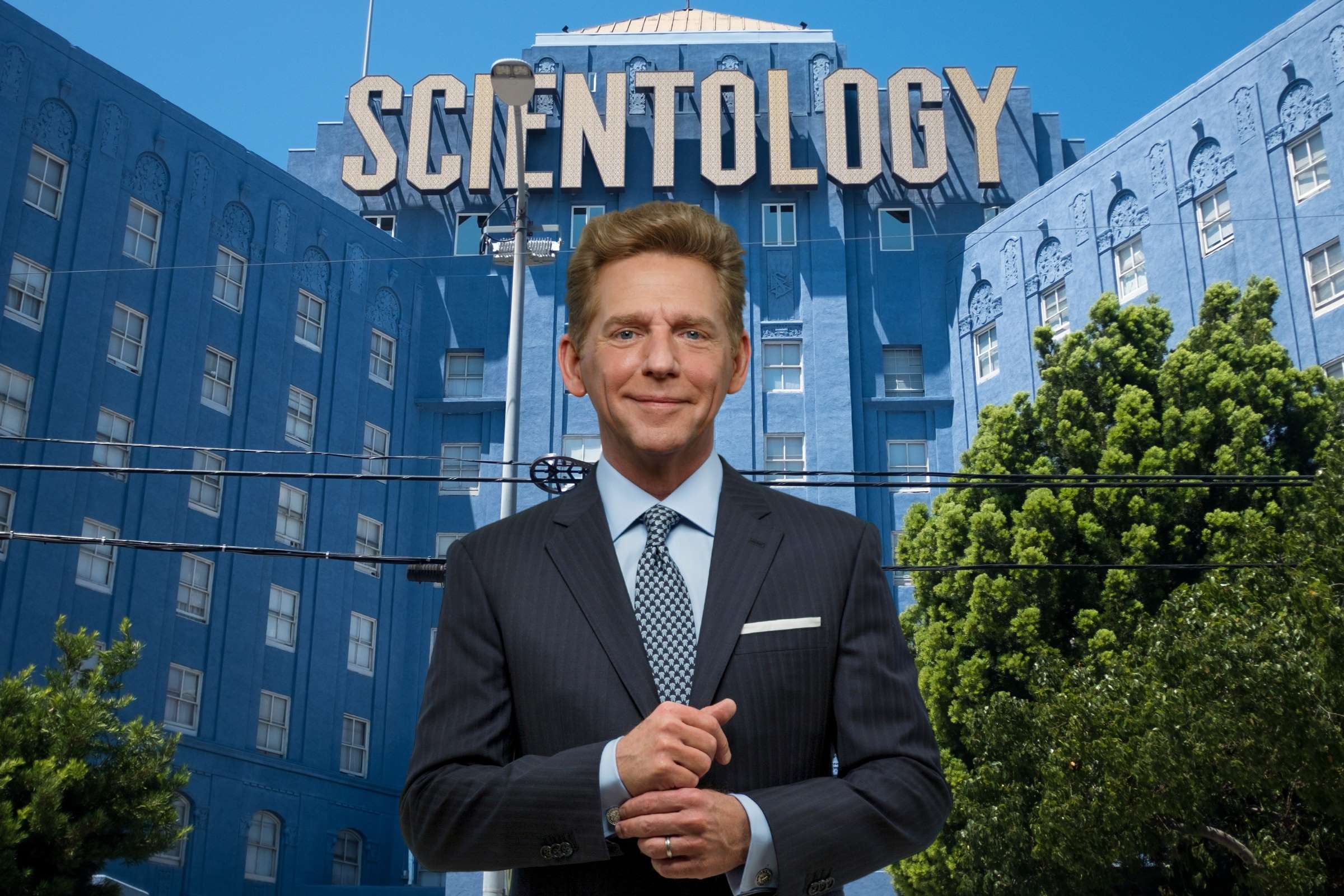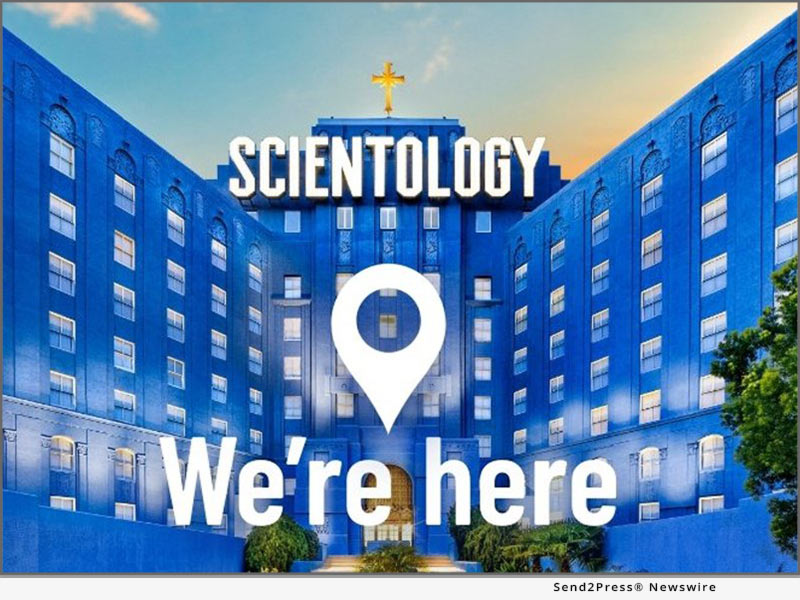Unveiling the Truth About Scientology: Dispelling Myths and Misconceptions
Unveiling the Truth About Scientology: Dispelling Myths and Misconceptions
Blog Article
The Reality About the Church of Scientology Revealed
The Church of Scientology has long been a topic of both fascination and controversy, with its origins dating back to the mid-20th century. As we start to decipher the reality about the Church of Scientology, a more clear image emerges, disclosing a story that is as intriguing as it is controversial.
Beginnings and Founding
The Church of Scientology was established in 1954 by scientific research fiction author L. Ron Hubbard. Hubbard at first created a self-help system called Dianetics, which later advanced into what is now called Scientology. The origins of Scientology trace back to Hubbard's discontentment with traditional psychotherapy approaches and his idea in the possibility for individuals to conquer previous injuries and attain spiritual enlightenment.
Hubbard's trainings centered around the idea of thetans, never-ceasing souls offer in all individuals, and the method of auditing, a form of counseling focused on discovering and addressing past injuries (Scientology). These principles formed the foundation of Scientology, which Hubbard called a faith that offered a path to self-discovery and personal growth
The Church of Scientology rapidly got fans, with Hubbard establishing the initial main Church of Scientology in Los Angeles. For many years, the company expanded worldwide, attracting both dedicated fans and movie critics who raised worries about its practices and ideas. Regardless of conflicts bordering its practices and beginnings, Scientology proceeds to be a significant spiritual activity with an existence in different countries worldwide.

Ideas and Practices
With an emphasis on spiritual knowledge and individual development, Scientology's techniques and ideas rotate around revealing previous injuries and accomplishing self-discovery via the idea of thetans and the method of bookkeeping. Thetans, according to Scientology teaching, are immortal souls that exist within each individual. These thetans have actually lived with many previous lives and have accumulated negative experiences called engrams that prevent spiritual progression. With a process called bookkeeping, Scientologists goal to address and get rid of these engrams to achieve a state of clear, devoid of the negative results of previous trauma.
By doing so, Scientologists believe they can attain spiritual knowledge, boost personal development, and reach their complete capacity as spiritual beings. The method of bookkeeping is central to the ideas and techniques of Scientology, highlighting self-discovery and the quest of a higher state of presence.
Conflicts and Criticisms
In the middle of public analysis and debate, the Church of Scientology has dealt with a multitude of objections and conflicts regarding its practices and effect on culture. One significant point of contention focuses on the organization's alleged economic practices, with accusations of exorbitant fees for solutions and hostile fundraising tactics - Scientology Randburg. Critics have actually additionally raised issues regarding the Church's stringent hierarchical structure, which some former members assert cultivates a society Going Here of control and adjustment
In Addition, the Church of Scientology has actually been subject to prevalent objection for its therapy of participants, consisting of claims of compelled labor, emotional abuse, and the method of disconnection, where members are encouraged to sever connections with family and pals important of the Church. These methods have actually caused various legal difficulties and investigations in several countries, casting a shadow over the Church's track record.
Additionally, the Church's hostile legal strategies versus movie critics and media electrical outlets have actually triggered debates regarding free speech and the limits of religious protection. These debates have dramatically shaped public understanding of the Church of Scientology and remain to fuel ongoing disputes regarding its legitimacy and effect on culture.
Leadership and Framework
Just how does the management structure of the Church of Scientology influence its procedures and decision-making processes? The Church of Scientology is understood for its hierarchical management version, which is streamlined around the authority of its leader, currently David Miscavige. As the Chairman of the Board of the Religious Modern Technology Center, Miscavige holds substantial power within the organization. This central leadership framework enables for fast decision-making and consistent enforcement of plans across the church's various branches worldwide.
At the neighborhood level, Scientology operates via individual churches and goals, each with its own collection of leaders in charge of looking after operations within their corresponding areas. These leaders are entrusted with executing the regulations established forth by the main leadership while likewise addressing the particular demands of their congregations.
While this hierarchical structure can ensure and improve procedures you could try these out adherence to the church's teachings, it has likewise run the gauntlet for prospective misuses of power and absence of openness. Understanding the leadership and framework of the Church of Scientology is important in understanding just how the company functions and the dynamics at play within its ranks.
Influence and Effect
What considerable results does the management framework of the Church of Scientology have on its participants and external stakeholders? The hierarchical management framework within the Church of Scientology exerts an extensive influence on its members and outside stakeholders. Members are often based on strict control and tracking, with substantial stress to adapt to the methods and ideas dictated by the leadership. This can lead to a loss of individual autonomy and critical reasoning abilities, as individuals are anticipated to unquestioningly follow the instructions stated by the company's leaders (Scientology Randburg).
Externally, the Church of Scientology's leadership framework can have a polarizing result on stakeholders. Overall, the leadership framework of the Church of Scientology plays a considerable role in forming the experiences and perceptions of both participants and outside stakeholders.
Conclusion

The Church of Scientology rapidly obtained fans, with Hubbard establishing the very first official Church of Scientology in Los Angeles.Among public analysis and dispute, the Church of Scientology has dealt with a wide range of criticisms and debates regarding its practices and effect on society.What significant results does the management structure of the Church of Scientology have on its members and exterior stakeholders? The hierarchical leadership framework within the Church of Scientology applies a profound influence on its participants and exterior stakeholders. Generally, the management useful link framework of the Church of Scientology plays a considerable duty in shaping the experiences and assumptions of both members and outside stakeholders.
Report this page